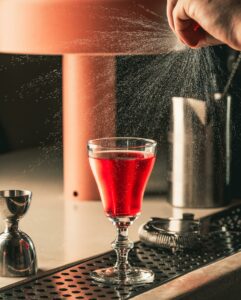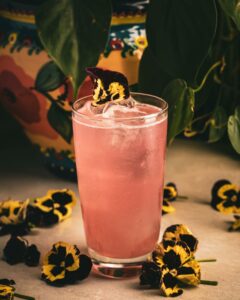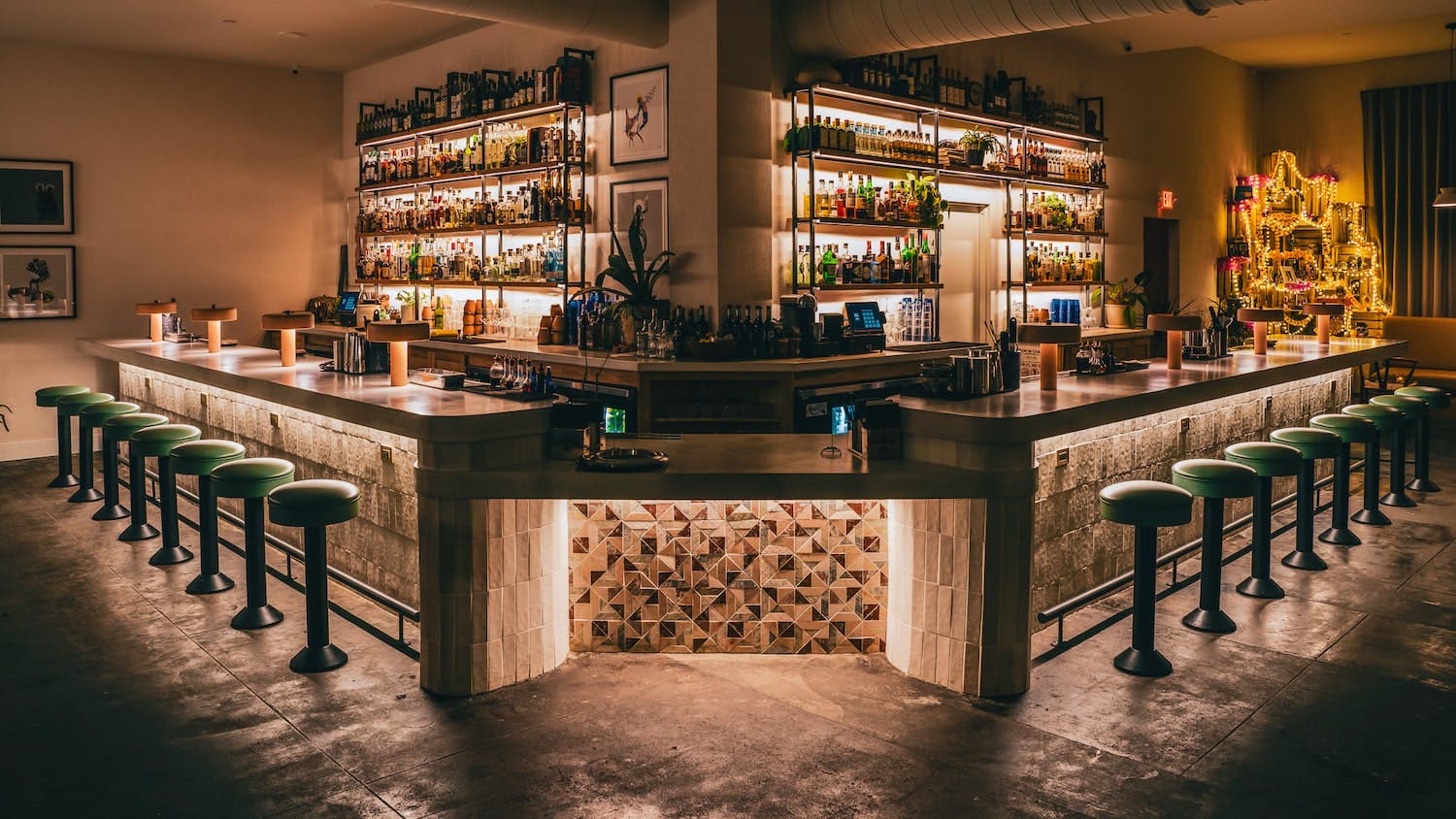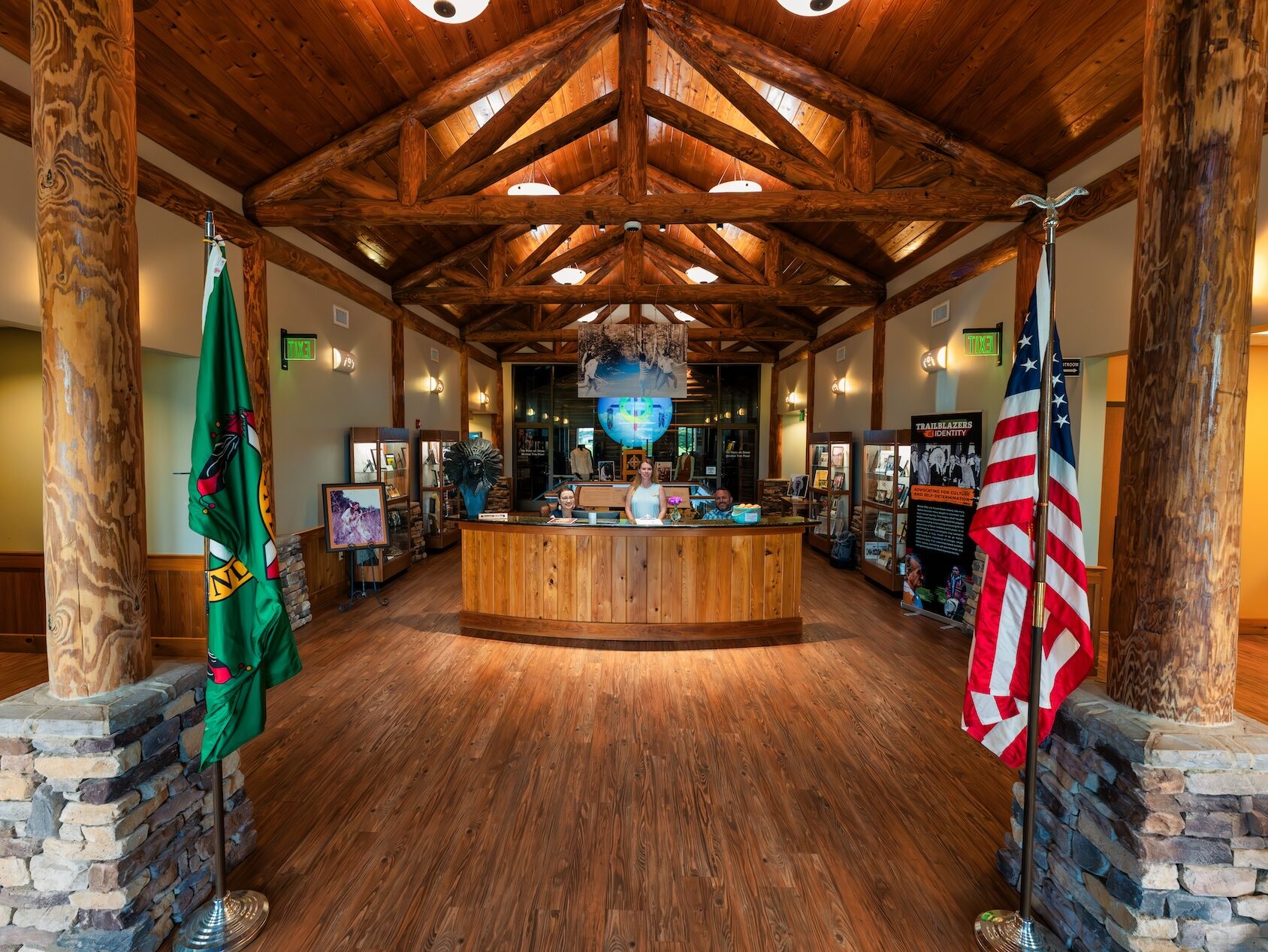
(Adios/Facebook)
If you’re observing National Tequila Day on July 24, you’d be well served to say hola to Adios, the agave bar that Food and Wine Magazine recently tabbed as one of the nation’s 15 best places to drink tequila.
Co-owners Jose Medina Camacho and Jesus Mendez stock some five dozen tequilas to sip solo or in a cocktail at their months-old bar on First Avenue North in downtown Birmingham. Adios also carries nearly two dozen different mezcals. Both spirits are made from the cactus-like agave plant.
Tequila is a designation-of-origin product, strictly controlled by law to protect its quality and authenticity. To be called tequila, it must be distilled from blue agave (one of 40 agave varieties that can be fermented). Tequila can only be produced in five areas within the state of Jalisco. Mezcal is less restrictive on the types of agave that can be used, and where it is made.
“Michoacan, where I am from, is one of the only regions where you can make both tequila and mezcal,” Camacho says, smiling. “That’s a fun fact.”
Tequila and mezcal are among the oldest alcoholic drinks commonly consumed in the Americas. Agave has been fermented into pulque, a moderate-strength alcoholic drink, for thousands of years; distillation came with the Europeans in the early 16th century.

(Adios/Facebook)
Today, tequila is following the footsteps of bourbon and rum among serious spirits fans wanting to explore its unique flavors and regional variations.
Premium tequilas are reflections of where they are produced. The soil and microclimate where the cactus grow for at least five years before harvest, the wood in the barrels where the pulque ferments, the water source, the type of still used, and the degree of aging all leave their mark on the final product.
“A lot of people don’t realize how terroir-driven tequila is,” Camacho says. “It’s like wine.”
Tequilas break down into three broad categories: blanco, bottled straight from the still; reposado, aged at least two months in white oak barrels; and anejo, further aged for at least one year.
In cocktails, blanco and reposado tequilas love citrus. “Some of these blanco tequilas have a lot of citrus notes,” Camacho says. “So, we use grapefruit, lemon, lime, and orange to complement those flavors. We also use a lot of Mexican ingredients, things that we find at the Mexican market.”

(Adios/Facebook)
He crafts more alcohol-forward cocktails when using anejo, including takes on a Manhattan or Negroni. Camacho’s pro tip: using agave syrup as a sweetener instead of sugar-based simple syrups enhances the flavors of tequila in the drink.
Gin and tequila, it turns out, are great partners as a cocktail base. Both have herbaceous and citrus notes, Camacho says. The Adios drink Daisy Marie also features an unexpected blend of reposado tequila and cognac, along with Alabama peaches and Mexican mamey fruit.
Sipping tequila straight (not shooting it) is the best way to appreciate the individual nuances in bottlings by different producers.
The bartenders at Adios serve straight pours in elegant flute-shaped glasses, a common practice in Mexico. “It takes six to 12 years for that spirit to flourish,” Camacho explains. “Why not give it the respect it deserves?”
“If you are unfamiliar with drinking tequila neat, people who like bourbon tend to favor reposado and anejo,” Camacho says. Vodka drinkers gravitate toward blanco. Cognac fans should start with reposado.
Behind the bar is someone able and willing to break it all down for curious customers, from tequila novices to spirits geeks.
“Come hang out with us,” Camacho says. “We would love to do a flight, pour a couple of expressions and walk you through flavors you should be tasting and what region it’s from. Come on in.”
If you can’t make it to Adios this National Tequila Day, try one of these Alabama agave bars:
Agave & Rye (Huntsville)
Mayawell Bar (Birmingham)
Pilcrow Cocktail Center (Birmingham)
Agave (Fairhope)
[/fusion_text][/fusion_builder_column][/fusion_builder_row][/fusion_builder_container]




